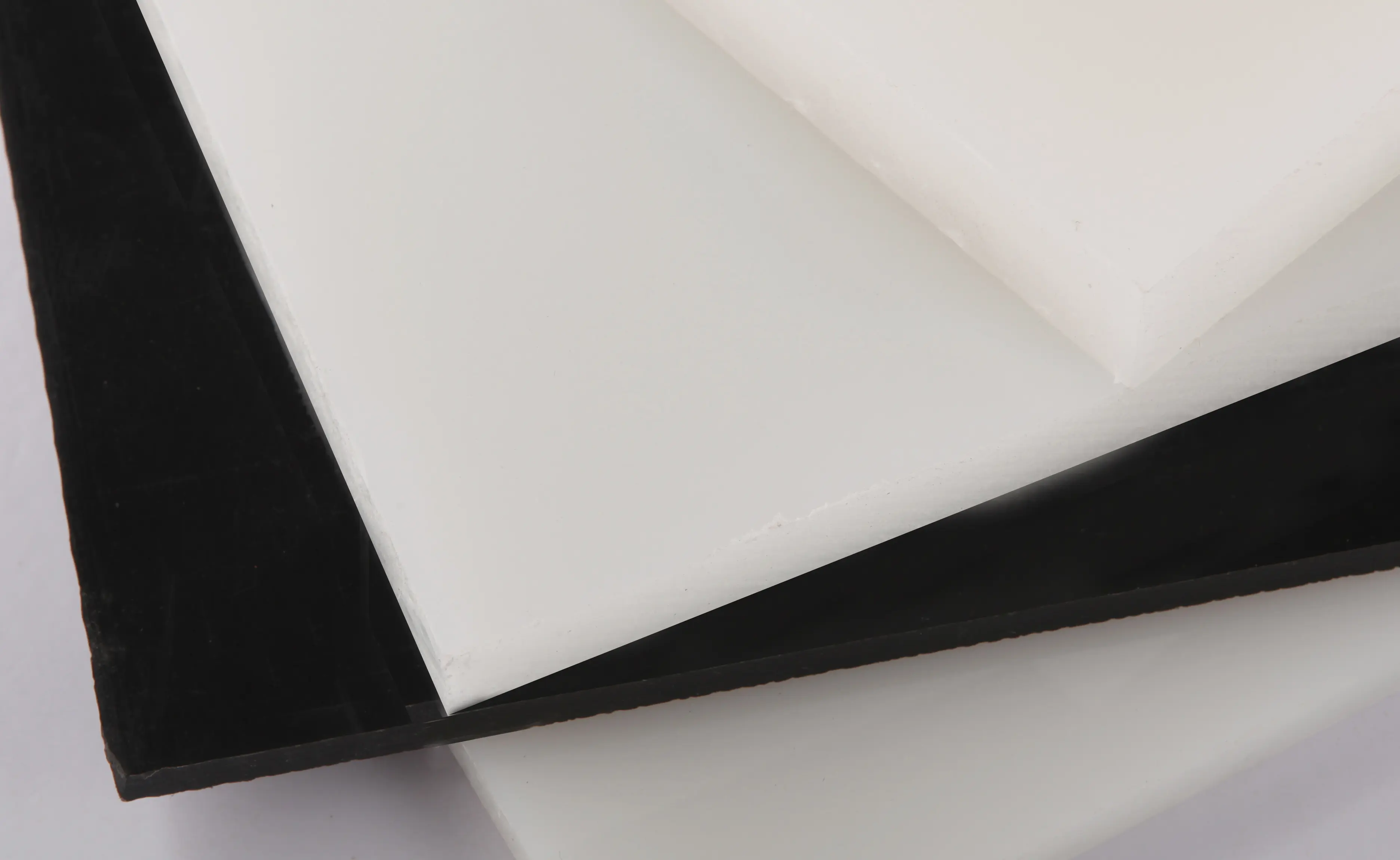dets. . 19, 2024 14:31 Back to list
pipe fittings
Understanding Pipe Fittings A Key Component in Plumbing and Piping Systems
Pipe fittings are an essential component in any plumbing or piping system. They serve as connectors that join two or more sections of piping, allowing for the efficient movement of fluids or gases. The proper selection and installation of fittings are crucial in ensuring the effectiveness, safety, and longevity of a piping system.
Types of Pipe Fittings
There are numerous types of pipe fittings available, each designed for specific applications. Here are some of the most common types
1. Elbows These fittings change the direction of the piping, typically at a 90 or 45-degree angle. Elbows allow for rerouting pipes around obstacles or in accordance with design specifications.
2. Tees Tees are used to merge two pipelines into one or split a single pipeline into two. They come in different configurations, including equal and unequal tees, which refer to the size of the outlets.
3. Reducers These fittings are used to connect pipes of different diameters. They can either be concentric or eccentric, depending on whether the larger pipe's centerline is aligned with the smaller pipe's.
4. Couplings Couplings connect two pipes directly. They are available in various forms, including slip couplings, which slide over the ends of the pipes, and threaded couplings, which have internal threads for screwing onto threaded pipe ends.
5. Caps and Plugs Caps are used to seal the end of a plumbing line, while plugs can be used to perform the same task. Caps completely cover the end, while plugs can be threaded into the end of the pipe.
6. Flanges Flanged fittings are used to join two sections of pipe with bolts. They provide a strong connection and are easy to disassemble for maintenance or repairs.
7. Valves Integral to controlling the flow of fluids, valves come in various types, including ball valves, gate valves, and check valves. They allow for quick shut-off, regulation of flow, and prevention of backflow.
Materials Used for Pipe Fittings
The selection of material for pipe fittings depends on the application, fluid type, temperature, and pressure. Common materials include
pipe fittings

- PVC (Polyvinyl Chloride) Lightweight and corrosion-resistant, PVC fittings are ideal for water drainage and irrigation systems
.- CPVC (Chlorinated Polyvinyl Chloride) This material is similar to PVC but can withstand higher temperatures, making it suitable for hot water distribution.
- Metal Fittings Stainless steel and brass fittings are widely used in commercial applications due to their strength and resistance to high temperatures and pressures.
- Copper Commonly used in plumbing, copper fittings are durable and resistant to corrosion, though they may be more expensive than other materials.
Importance of Proper Installation
Proper installation of pipe fittings is critical to prevent leaks and ensure the overall integrity of the piping system. Here are some important tips
- Use the Right Fitting Always choose the correct fitting for the specific application. For instance, using a 90-degree elbow where a straight connection is needed can lead to unnecessary friction loss.
- Sealant and Thread Tape When connecting threaded pipe fittings, using PTFE (Polytetrafluoroethylene) tape or the appropriate sealant is essential to prevent leaks.
- Torque Specifications When tightening fittings, adhere to the manufacturer's torque specifications to avoid damaging the fittings or pipe.
- Inspect Regularly Periodic inspections of fittings and joints can help identify issues before they lead to larger problems, such as leaks or pipe failures.
Conclusion
Pipe fittings play a crucial role in the functionality and reliability of plumbing and piping systems. Understanding the different types, materials, and proper installation methods can significantly impact the efficiency and longevity of these systems. Whether for residential or industrial applications, selecting the right fittings and ensuring their proper installation is fundamental to achieving a successful outcome in any piping project. By paying attention to the details, one can ensure safe and efficient fluid and gas transport within various infrastructures.
-
Durable PP Rigid Sheet: Lightweight, Chemical Resistant Solutions
NewsAug.21,2025
-
PVC Grey Sheet for Extraction: Chemical Resistant & Durable
NewsAug.19,2025
-
Durable PVC Pipe Fittings for Plumbing & Irrigation Needs
NewsAug.18,2025
-
HDPE Steel Belt Reinforced Spiral Corrugated Pipe | High Strength
NewsAug.17,2025
-
HDPE Pipe Fittings: Durable, Leak-Proof Solutions
NewsAug.16,2025
-
Premium CPVC Sheet: High-Temp & Chemical Resistant Solutions
NewsAug.15,2025

